Call Us
Send Us A Message
Get a Quote
There is a 100 piece minimum to work with a sales rep.
Screen Printing: 25 pieces minimum
Embroidery: 3 pieces minimum
Water-based Transfers: 1 pieces minimum
Direct-To-Garment: 1 pieces minimum
Patches: 25 pieces minimum
Office: (323) 261-8700
9 AM - 5:30 PM PST
Chat Available 9 AM - 2 AM PST
Back
Your dedicated account rep is here to keep you updated and offer real time suggestions and project navigation every step of the way. Online ordering and live price quotes available here.
This will help us tailor the experience depending on your experience and know how to best support you.
Select one or as many of the services below you are interested in.
If you need help to identify the correct product for the correct demographic at the correct price point, select "I need help searching" and we will ask you a few additional questions to allow us to submit the best options for your project.
We want to make sure your recipients will love and wear the merch you create time and time again. These questions will really help us identify the products that will best fit your audience.
Please make sure that you have reached minimum order quantity for preferred option. MOQ descriptions you can find
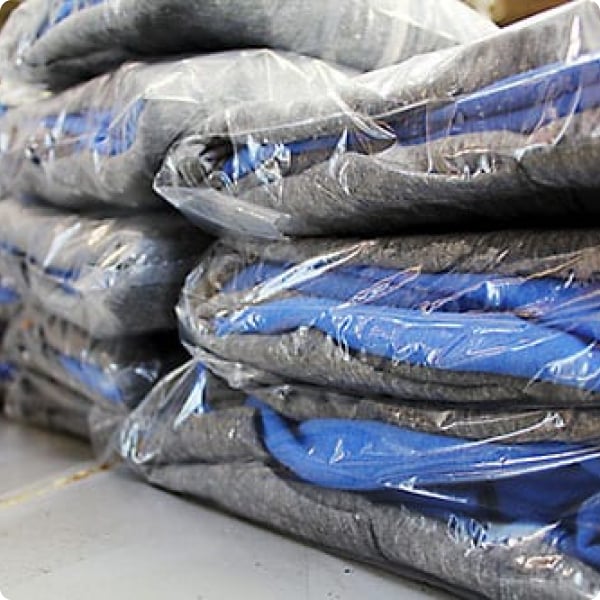
DTLA Print has an in house finishing department in its facility with trained individuals to professionally fold and bag your garments. Bags can be provided with customizable options, however we use a 1 mill flat poly bag which can be air sealed or taped shut.
$0.95/Shirt
+ 2 days
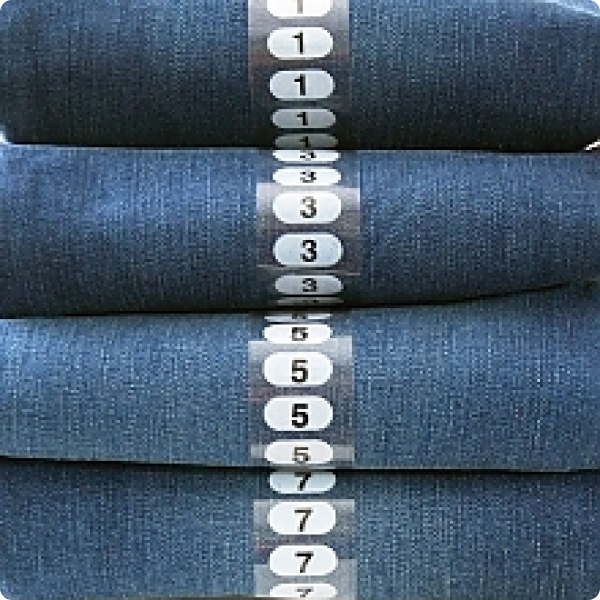
Add a size sticker to the outside of each garment or poly bag to easily identify the size of a garment. Packages do come separated by size how ever many retailers and fulfillment centers do require these stickers.
$0.65/Shirt
+ 2 days
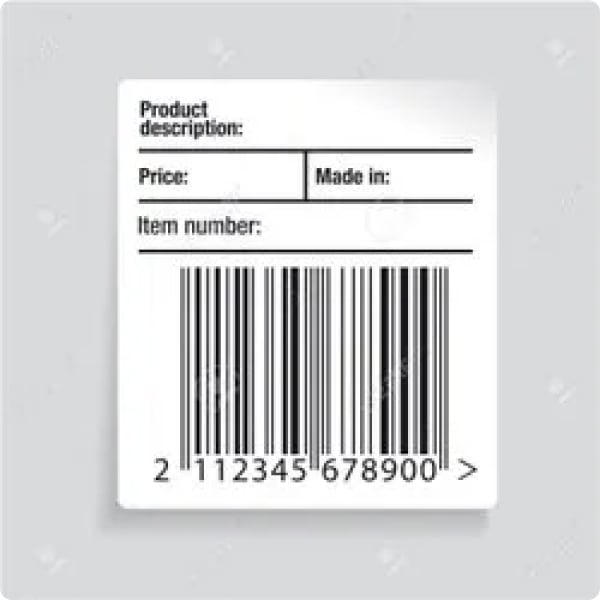
We will print & apply a custom UPC label for any retailer, 3rd party logistics or fulfillment partner you work with.
$0.75/Shirt
+ 2 days
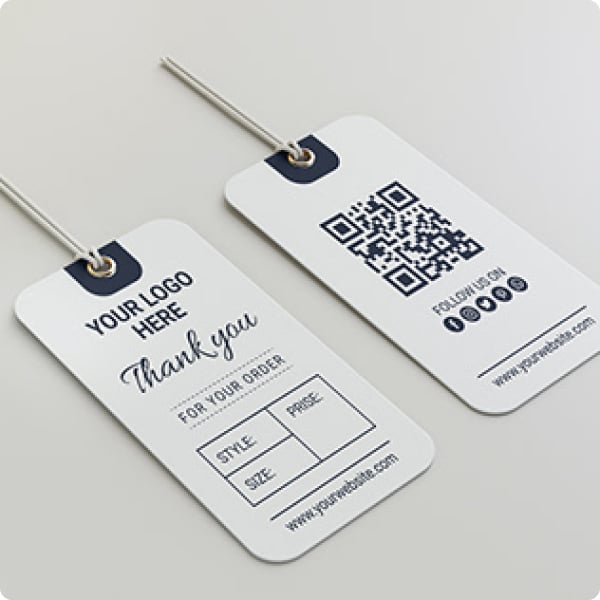
Incorporating price tickets and hang tags securely with a pin, while offering a diverse array of sizes, colors, and finishes, significantly enhances the perceived quality and overall appeal of your garment. Additionally, not only elevate the garment’s perceived value but also provide essential product information, giving your customers a more informed and satisfying shopping experience.
$1.8/Shirt
+ 14 days
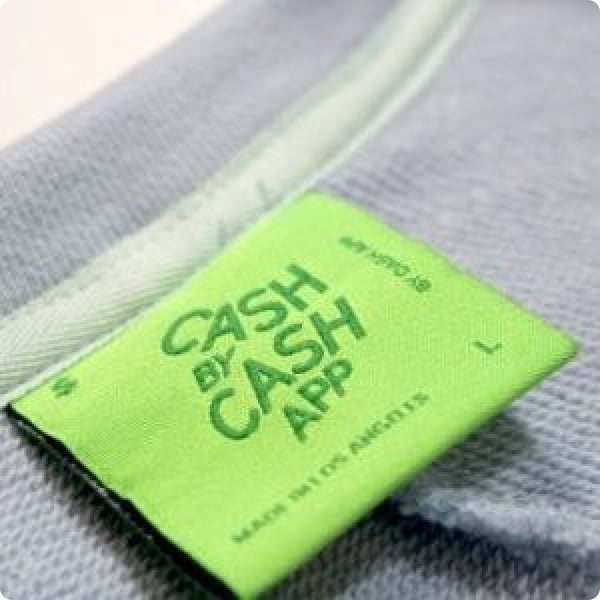
Create a fully custom woven main label. Includes the actual label itself and the sewing of the label. We will reach out to discuss the woven label material choices, shapes, and design. Please note this does add extra business days to the production time.
$2.75/Shirt
+ 14 days
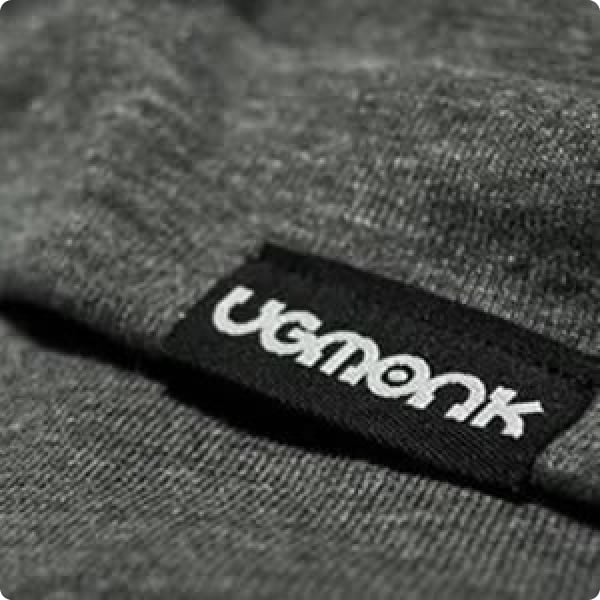
Create a fully custom woven hem label. Similar to the main label, this includes the actual label itself and the sewing of the label. We will reach out to discuss the woven label material choices, shapes, and design. Please note this does add extra business days to the production time. Hem labels go anywhere except the neck label of a garment.
$1.85/Shirt
+ 14 days
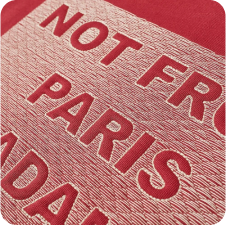
4.5” W but larger can be requested
Not common, but possible
PSD, AI, PDF, EPS, PNG
12
Metallic & 3D Puff
Scaled to size or larger with transparent background
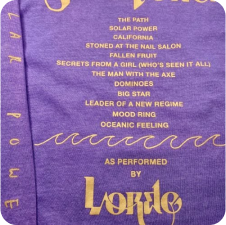
3” - 12” depending on location
15x18” *special request
PSD, AI, PDF, EPS, PNG
8
3M Reflective, Water-based, Plastisol, Puff, Etc...
Scaled to size or larger with transparent background
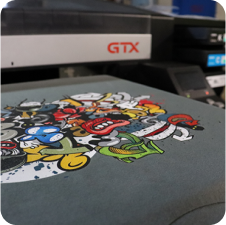
15x18”
PNG preferred, ( also acceptable; PSD, AI, PDF, EPS, JPG )
Unlimited
300 DPI scaled to size or larger with a transparent background
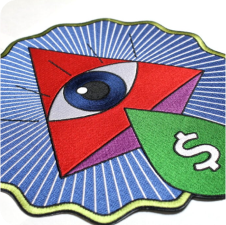
10x13.5”
PNG preferred, ( also acceptable; PSD, AI, PDF, EPS, JPG )
Unlimited
300 DPI scaled to size or larger with a transparent background
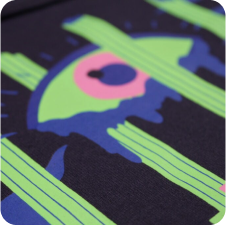
15x18”
PNG preferred, ( also acceptable; PSD, AI, PDF, EPS, JPG )
Unlimited
300 DPI scaled to size or larger with a transparent background
Upload Mockups
Don’t worry! Every order is triple checked even if it does not look perfect in this demo.
Max File Size: 15 MB. For any files larger than 15MB please send via wetransfer.com or dropbox.com and share with sales@dtlaprint.com
Tax exemption is the reduction or removal of a liability to make a compulsory payment that would otherwise be imposed by a ruling power upon persons, property, income, or transactions. Tax-exempt status may provide complete relief from taxes, reduced rates, or tax on only a portion of items. Examples include exemption of charitable organizations from property taxes and income taxes, veterans, and certain cross-border or multi-jurisdictional scenarios.
*Only orders shipped with in California are charged tax unless a a valid CA resale form is provided.
Production time is separate from shipping
If you're in a hurry to receive your order, we offer an expedited service to fast-track the production process. While this option incurs additional charges, it ensures you get your product sooner. However, if time is not a pressing concern, you can stick to our standard production schedule at no extra cost. We believe in providing you with the flexibility to choose the timeline that best suits your needs.
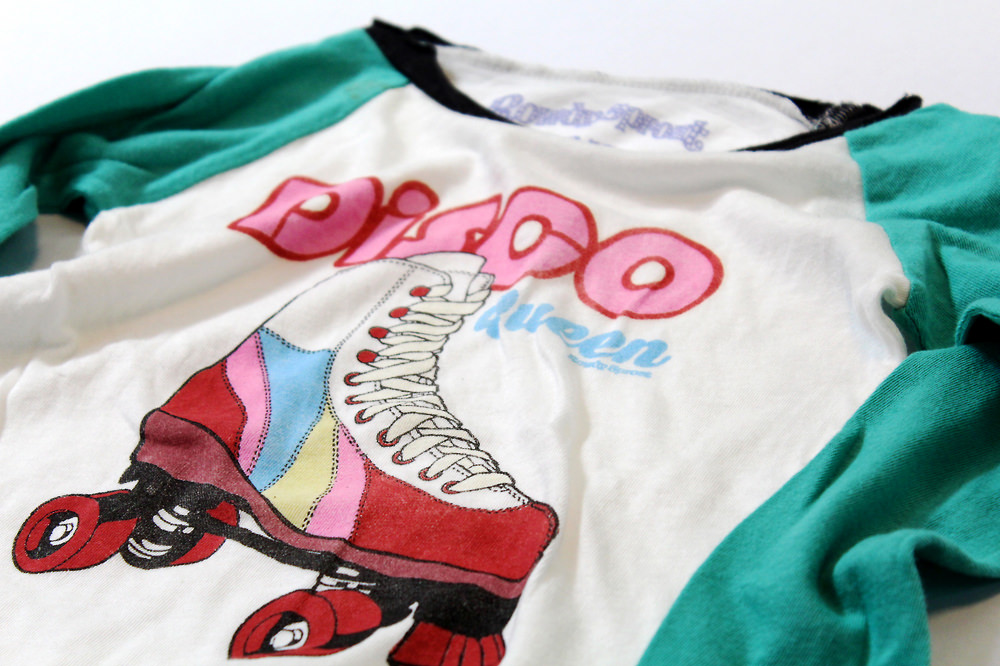
Every printing project is different. From the printing method to the choice of ink, the blend of fabric, to the intended audience, each project requires its own considerations.
One of the most important decisions you’ll have to make when customizing your order is how best to match your method with the fabric you’ve chosen for your garment. This is easier said than done. Even a slight change in the makeup of a fabric can drastically affect the way it reacts to a certain approach (be it screen printing, DTG, or sublimation). But fear not! With this printing guide as a resource, you’ll be ready to create bright, beautiful and buzzworthy company swag!
Before we get into how specific fabric choices affect different printing processes, let’s do a quick review of the three main methods you have at your disposal.

Screen printing is the process of pulling a layer of ink (preferably water-based, with or without a discharge agent) over a specially crafted screen in order to produce a design. This is an incredibly versatile and cost-effective method, especially for large orders. However, it’s best for more simple designs with only a small number of different colors.

DTG applies ink directly onto the t-shirt using inkjet technology. There’s no silkscreen or paper applicator; it’s just like printing on paper, except on fabric. DTG uses specialty water-based inks, which are absorbed by the fibers of the garment. This method produces truly awesome color and design quality. However, DTG is not cost effective for larger batches, and the design placement options are somewhat limited.
Now that we’ve covered the three main printing methods, let’s take a look at our fabric options.
With cotton you can employ:

Cotton is cheap and convenient, which is why it’s the preferred fabric for designers everywhere. In addition, it’s great to use if you’re just getting started, as it’s very simple to work with. It’s the easy choice if your brand is a bit cash-strapped.
100% cotton is a great option for any form of screen printing. And as far as ink options go, it’s the most versatile screen printing fabric.
Cotton is also the top recommended fabric for DTG. Though DTLA does offer DTG on certain blends, we always recommend at least 65% cotton or more. Anything less may not print completely true to color.
The only method incompatible with 100% cotton is sublimation, as sublimation can only be executed on highly synthetic fabrics or fabric blends.
There’s a huge variety of ratios of cotton/polyester blends out there. Here are the printing methods we recommend for some of the most common.

Screen printing is known for its versatility, and because of that it works on all of the blends listed above. That being said, the screen printing is at its best with fabrics that have the highest cotton content, as blends with higher poly content can lead to something called dye migration.
As mentioned, DTG works best on 100% cotton garments. While it’s possible to print on certain poly/cotton blends, we suggest at least 65% cotton or more. We also highly recommend you order a sample of any method/fabric combinations that may not be optimal before making a whole order.
Triblends are, as the name suggests, a blend of three usually synthetic fibers, i.e. 50% polyester, 25% cotton and 25% rayon. Because of that, with screen printing you’ll want to be careful of dye migration. It’ll be important to order samples here before making a larger order. In addition, we recommend water-based over discharge inks here, as discharge inks work best with a higher cotton content.
In most cases, DTG isn’t recommended on triblend fabric. However, certain triblend reacts differently than others. We’ve seen some great results with some of our products, you’ll just need to do some sampling first.
The devil’s in the details. Creating a happy marriage of printing method and fabric will make all the difference in how your final product looks. And, ultimately, this determines the impression your brand makes.
So, before you make any large scale order, make sure you’ve considered how your preferred printing method will interact with your preferred fabric. And remember, there’s no need to do any guesswork here, order samples, experiment, innovate. We’re here to help! If you can thoughtfully and creatively customize your process, from design to fabric to print, you’ll be thanked by an engaged and devoted following.
In partnership with onetreeplanted.org
In partnership with onetreeplanted.org
Please provide the best contact number for our team to reach out to you on, your account rep will reach out within 24-48 business hours.
A 100 piece minimum is needed for an account rep to handle your order.